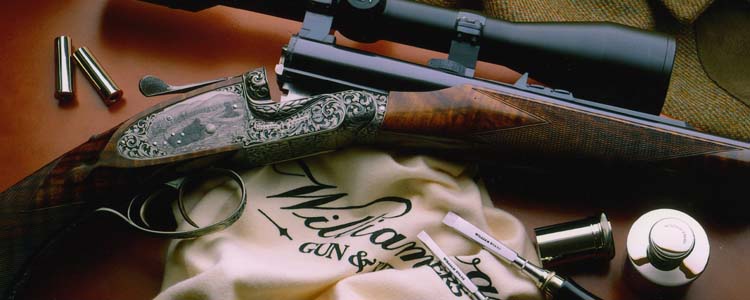Hunter Wellington Boots are an investment piece – there are clearly cheaper alternatives on the marketplace (from a myriad of brands you have never heard of and most definitely lack the Royal Warrant), the local garden centre is full of them.
However, Hunter has really led the drive towards considering quality countryside footwear as being more than a disposable utility item and towards an investment such as a good pair of Church’s shoes for the Monday to Friday office crowd. The mere logo itself is simplicity, yet instantly recognisable from a distance, and instantly triggers the thought in your mind – “they’re wearing Hunters, nice!”.
So what have they done to develop this cult following, and should you be interested in joining it?
Rather than assessing the entirety of the brand for a blog review, I thought it would be good to select a pair and put them to the test. The boots being looked at here are the Hunter Balmoral Neoprene lined boots in size 11.
Why state the size on a review? Well, with Hunters it’s actually a fairly interesting point and is a good way to introduce you to positive fortunes of the Hunter cult. When your Hunters first arrive and you claw back the tissue-paper, you’ll find they come with insoles already in place and a spare pair in the box. Insoles shouldn’t set the world on fire, but actually, there is something more to them. They provide an additional layer of thermal insulation, adjust the fit of the boot by 6mm or 3mm (depending on which set you decide to use, if any) and have specifically sited energy return zones and cushioned heels to lessen the impact. So in summary, if you are somewhere between a size 11 and a size 12 (I wear 11.5 in Church’s for example), you can not only adjust the sizing, but actually specify the millimetre increment you wish to adjust. Handy!
Neoprene itself is, frankly, a legend amongst the Wellington boot industry. While not exclusive to Hunter by any means (so we cannot bank it as a feature unique to these boots), it will really make a difference when out shooting in the winter. Having started with nasty, cheap plastic wellies as a child, then advanced on to slightly better ones with a large removable fleece sock, then finally on to these, I know where I am going to stay. Neoprene adds a feeling of closeness and warmth but without being tight. The detailing here really shows the build quality of the Hunter Wellingtons and the effective utilisation they make of this great technology. Frankly, with these on you don’t really need to bother with special thick socks, etc.
Catches and latches and general hardware on the boots are also made to last. When you stop and look at the fastening clip (or indeed zippers on the more expensive models) you do instantly understand how other boots fall behind a bit in the build quality. Small touches, like an additional plastic clip to take the overrun from the loop, makes things tidier and crisper in appearance. The signature red trim is also a nod to the brand-aware crowd, but without being ostentatious and flashy in the field.
Gripping on the bottom of the boots is also excellent, and thanks to the ergonomic and close fit to the foot and ankle support, you never feel like you are about to walk out of the boot. If anything, the design prompts you to walk more like you are in shoes or high-necked boots, rather than “moon boot walking” which you do with cheaper alternatives. It can take a little getting used to, but what you are really learning is not to over-compensate as you would normally with the £14.99 garden centre offerings.
The bottom of the boots do wear down over time, but really, all boots do and this should not be seen as anything unusual. In terms of longevity they are generally regarded as being comparable to all other ‘premium’ boots on the market, which is fine.
All in all, the Hunter Balmoral Neoprene’s are a class act indeed. It’s often the small touches, like the space to write your name and telephone number to avoid those awkward mix-ups when the boots are all in the back of the Land Rover at night.
In closing, I would acknowledge that with an average retail price of just over £100, you should still accept that they are Wellington boots and will not last forever. There is an element of “if you can’t afford to replace them in a year or two, don’t buy them”. Harsh, but probably fair. If you want to strike a halfway house, have a pair of these for driven shoot days and deer stalking, use them sparingly, clean them, oil them, and enjoy them – and keep a cheap pair in the cupboard for when you’re just pigeon shooting or walking the dog. Doing a lap around Greenwich Park with Fido and the pooper scooper in a pair of Hunters is akin to firing up the Bugatti to get a load of bread and pint of milk!
Hunters represent an excellent choice for the discerning sportsman looking for a boot they can rely on to both deliver and get silent nods of respect for wearing – I for one am quite happy to invest in that ideal.



















